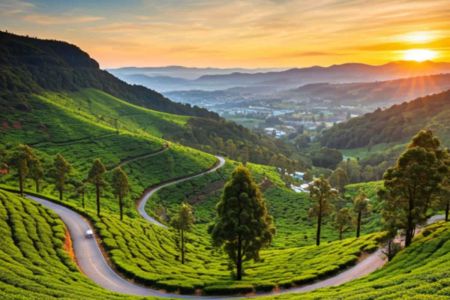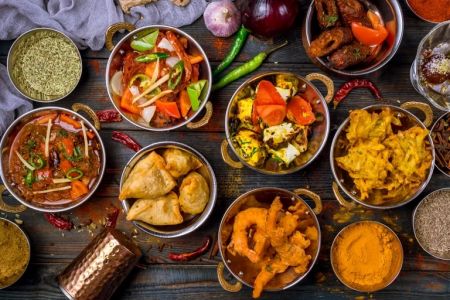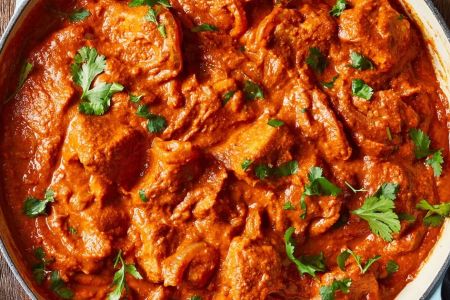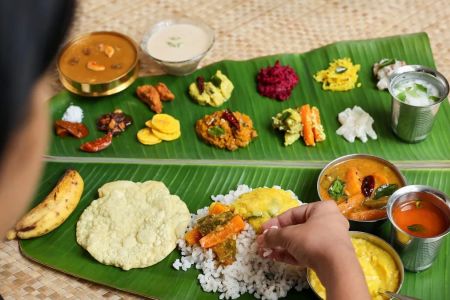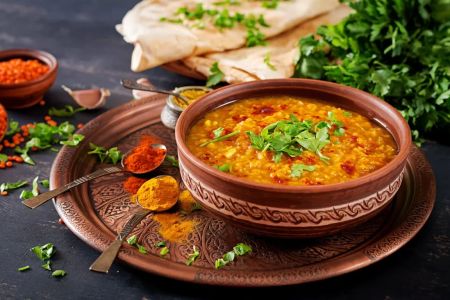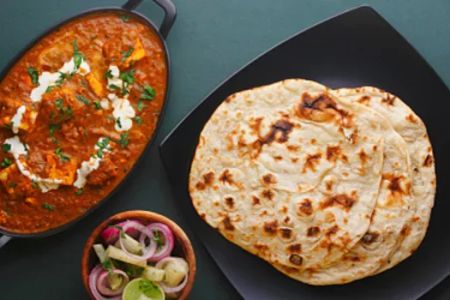Experience the Beauty of Traditional Indian Outfits: A Traveler’s Guide
1. Understanding Traditional Indian Outfits
India is a country known for its rich culture and vibrant traditions, and one of the best ways to experience its heritage is through its traditional clothing. Whether you're attending a wedding, visiting temples, or simply exploring local markets, wearing traditional Indian outfits provides a deeper connection to the culture.
1.1 The Significance of Traditional Indian Clothing
Each traditional outfit in India carries immense cultural significance. The choice of fabric, color, and style reflects the region’s history, religion, and customs. For instance, in southern India, you’ll often see saris made of silk, while in the northern regions, more intricate designs and heavier fabrics are popular.
1.2 The Appeal for Travelers
For travelers, wearing traditional Indian outfits is a unique way to experience the country’s culture. It allows you to blend in with the locals, enhances your travel photos, and provides a respectful way to engage with the culture, especially in religious or traditional settings.
2. Key Types of Traditional Indian Outfits
India’s diverse regions offer a wide array of traditional outfits that vary in style, fabric, and fit. Understanding the key types of traditional clothing will help you navigate your shopping experience and ensure that you choose the right attire for any occasion.
2.1 The Sari: A Timeless Classic
The sari is perhaps the most iconic piece of traditional Indian clothing. This long piece of cloth, usually ranging from 5 to 9 yards, is draped elegantly around the body and paired with a blouse. It can be worn in numerous ways depending on the region and occasion.
2.2 The Kurta and Sherwani: Men’s Wear
The kurta is a long tunic worn by both men and women. In men’s fashion, it is often paired with a churidar or jeans, offering both comfort and style. For more formal occasions, a sherwani is a longer, more elaborate version of the kurta, often adorned with intricate embroidery.
2.3 The Lehenga Choli: A Festive Attire
The lehenga choli is a popular outfit for weddings and festive occasions. The lehenga is a long, flowing skirt, and the choli is a cropped blouse. Paired with a dupatta (scarf), this outfit is often made from rich fabrics like silk or velvet and is adorned with sparkling embroidery.
3. The Art of Wearing a Sari
Wearing a sari can be an elegant and empowering experience. The sari not only defines the beauty of Indian culture but also allows the wearer to express individuality through fabric choice, draping style, and accessories.
3.1 How to Drape a Sari
Draping a sari may seem intimidating at first, but it’s a fun and rewarding process. The basic technique involves tucking one end of the sari into a petticoat and wrapping it around the waist. The remaining fabric is draped over the shoulder, creating a pleated effect at the front. It’s helpful to get assistance the first time, but after a few tries, you’ll master it yourself!
3.2 My First Sari Experience
On my trip to Jaipur, I had the chance to try on a traditional sari at a local shop. The fabric was rich with beautiful patterns, and the vibrant colors stood out. I was amazed by how comfortable I felt in it once it was draped, and the elegant look made me feel connected to the heritage of Rajasthan.
4. Embracing the Kurta: Comfortable Yet Stylish
The kurta is one of the most versatile traditional outfits in India, suitable for both men and women. It’s worn across various regions of the country, each with its own unique touch.
4.1 The Versatility of the Kurta
The kurta is an easy-to-wear outfit that works for casual days and formal evenings. Women often pair it with leggings or churidars, while men wear it with a pair of trousers or jeans. For a more formal look, a kurta can be paired with a sherwani or nehru jacket.
4.2 A Local’s Guide to Wearing a Kurta
In Delhi, I tried on a cotton kurta with intricate block prints. The soft fabric was perfect for the hot weather, and it gave me a chance to blend in with the locals. The kurta, paired with a simple scarf, felt both stylish and respectful in a bustling city setting.
5. Personal Experience: Trying on Traditional Outfits in India
During my travels in India, I had the chance to wear traditional Indian outfits at various local festivals and events. It was a memorable experience that allowed me to connect deeply with the culture. Whether I was attending a wedding in Kerala or participating in Holi celebrations in Delhi, wearing traditional attire made me feel like part of the celebrations.
5.1 At a Wedding in Kerala
At a wedding in Kerala, I wore a traditional Kerala sari, which is distinctively white with golden borders. The saree was comfortable yet elegant, and it made me feel fully immersed in the local customs and traditions. The warmth of the people and the beautiful surroundings made the experience unforgettable.
5.2 Exploring Holi with a Kurta in Delhi
For the Holi festival in Delhi, I wore a simple cotton kurta and didn’t mind getting splashed with colors. It was a beautiful and carefree experience, and the vibrant festival felt even more exciting as I embraced the traditional clothing and danced in the streets.
6. Where to Buy Traditional Indian Outfits
Finding the perfect traditional outfit in India can be a thrilling part of your journey. From high-end designer stores to bustling street markets, there are plenty of options for purchasing authentic attire. Cities like Delhi, Jaipur, and Mumbai offer a variety of shopping experiences, from boutiques to local handicraft stalls.
6.1 Best Markets for Traditional Indian Clothing
The markets of Delhi’s Chandni Chowk and Jaipur’s Johari Bazaar are well-known for their range of traditional clothing. For a more luxurious experience, designer boutiques in Mumbai and Bengaluru offer exquisite saris, lehengas, and kurtas.
6.2 Bargaining and Shopping Tips
When shopping for traditional attire, be prepared to bargain at local markets. Don’t be afraid to negotiate prices, especially in busy tourist areas. It’s a great way to get the best deals while experiencing the friendly hustle and bustle of Indian markets.
7. Tips for Wearing Traditional Indian Outfits
Whether it’s your first time or you’re a seasoned traveler, here are some tips to help you wear traditional Indian outfits with confidence:
7.1 Wear It with Pride
Wearing traditional attire isn’t just about fashion; it’s about honoring the culture. Make sure to wear the outfits respectfully, especially in sacred or formal settings like temples and weddings.
7.2 Consider Comfort
While traditional Indian outfits are beautiful, they can sometimes be heavy or intricate. Make sure you’re comfortable in whatever you choose, particularly if you’re attending long events or exploring busy cities.
8. Explore India’s Fashion and Culture with Travel India One
If you’re inspired to explore India’s diverse fashion scene and try on traditional outfits, Travel India One is the perfect resource. From curated travel experiences to insider tips on cultural attire, Travel India One ensures you make the most of your Indian adventure. Discover India like never before and embrace the beauty of its clothing culture.

